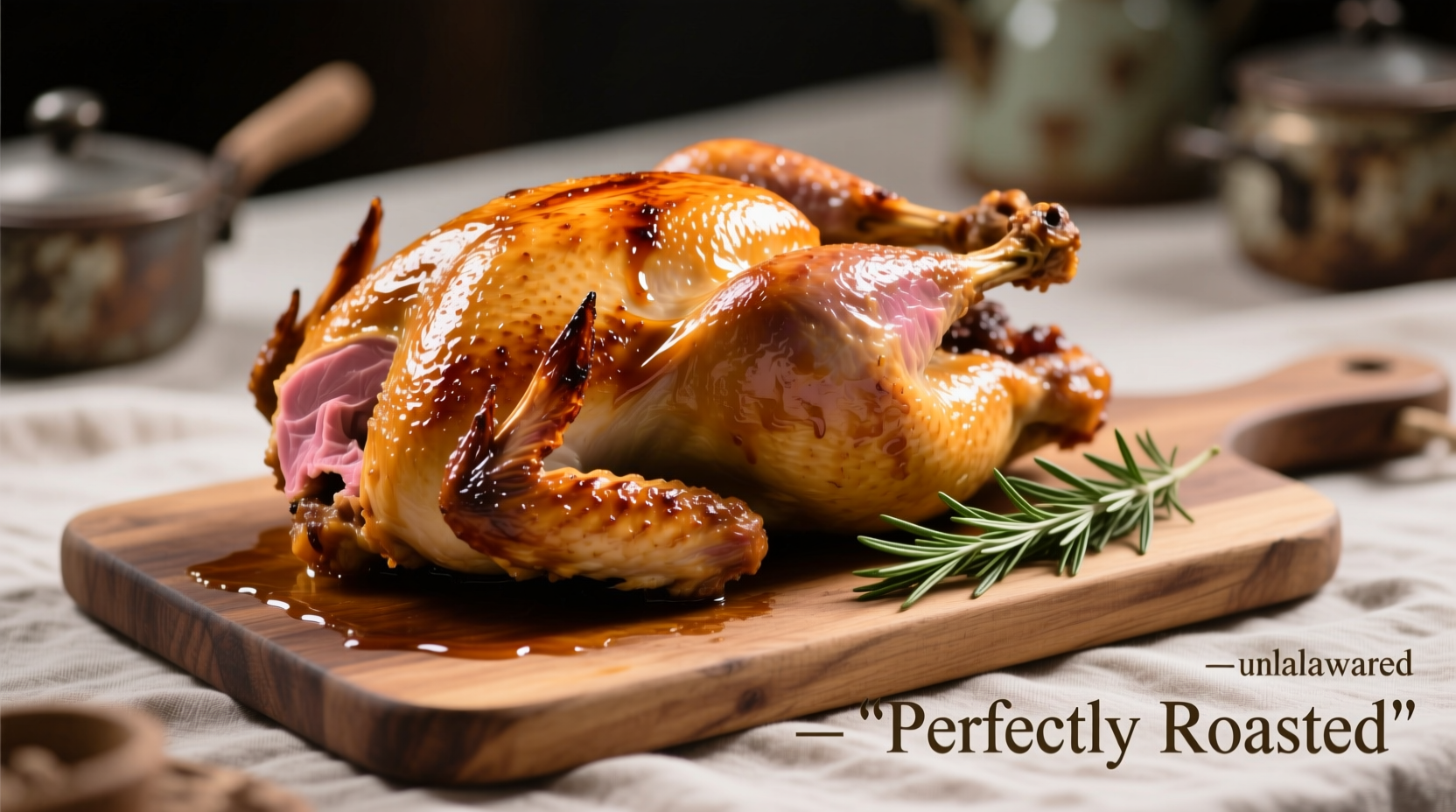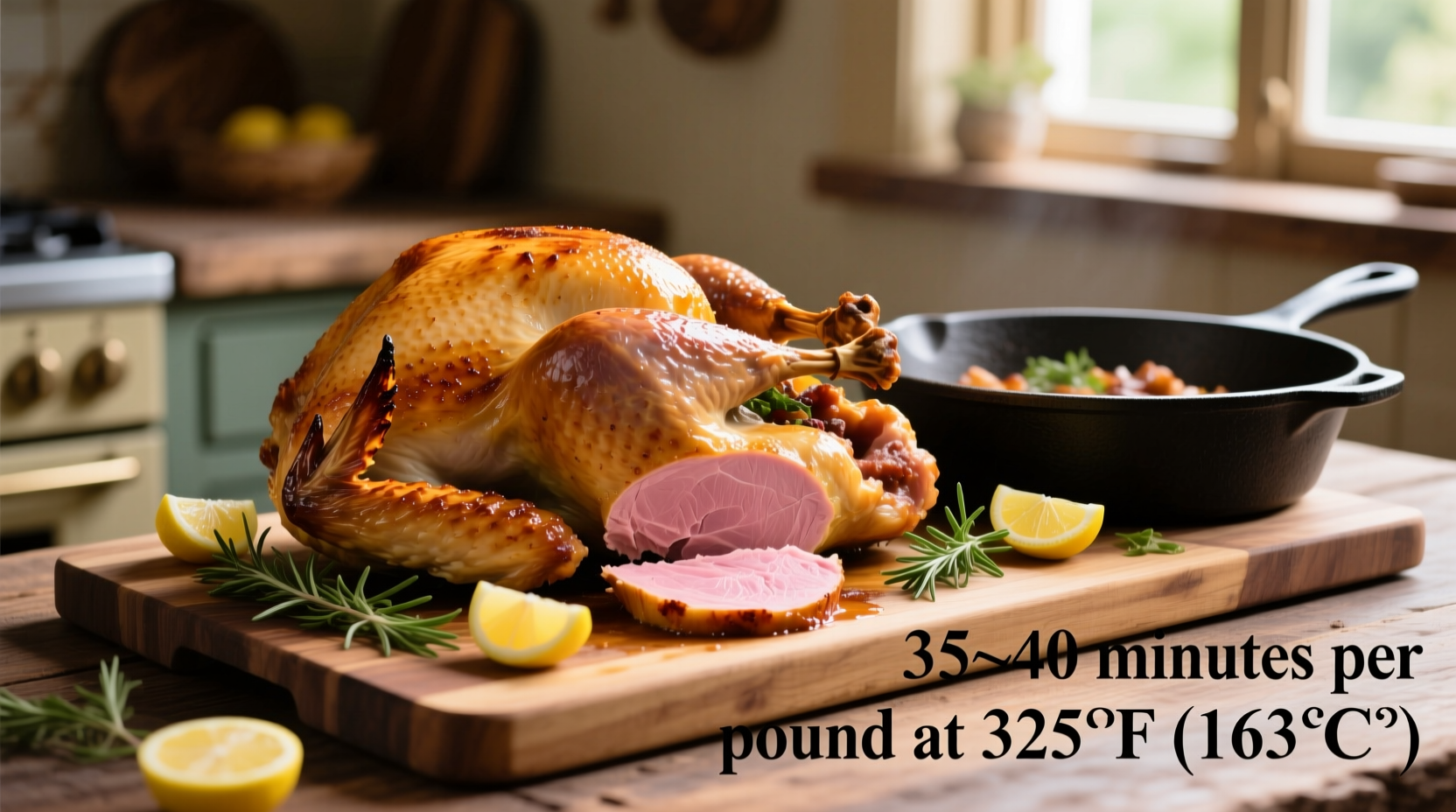Nothing ruins a special meal faster than an overcooked or undercooked turkey breast. Getting the timing right for your 7-pound centerpiece ensures moist, flavorful meat that's safe to eat. This guide provides precise cooking instructions based on USDA food safety standards and professional chef techniques, so you can serve perfect turkey every time.
Why Proper Cooking Time Matters for Turkey Breast
Cooking a turkey breast isn't just about timing—it's a food safety imperative. Undercooked poultry can harbor harmful bacteria like salmonella, while overcooking creates dry, tough meat. The 7-pound size presents unique challenges as it's large enough to require careful temperature monitoring but small enough that cooking times can be deceptive. Understanding the science behind poultry cooking ensures both safety and quality.
Preparation: Setting Up for Success
Proper preparation significantly impacts your final cooking time and results:
- Thaw completely in the refrigerator (allow approximately 24 hours per 4-5 pounds)
- Pat dry with paper towels to ensure proper browning
- Season generously but avoid heavy salt applications more than 24 hours before cooking
- Bring to room temperature for 30-60 minutes before cooking for more even heat distribution
According to the USDA Food Safety and Inspection Service, proper thawing prevents bacterial growth in the "danger zone" between 40°F and 140°F.
Cooking Process: Timing and Temperature Guidelines
The most reliable method for cooking a 7-pound turkey breast follows these parameters:
| Cooking Method | Temperature | Estimated Time | Internal Temp Target |
|---|---|---|---|
| Conventional Oven | 325°F (163°C) | 2h 15m - 2h 45m | 160°F (71°C) before resting |
| Convection Oven | 300°F (149°C) | 1h 50m - 2h 20m | 160°F (71°C) before resting |
| Smoker | 275°F (135°C) | 2h 45m - 3h 15m | 160°F (71°C) before resting |
Always place your turkey breast skin-side up on a rack in a roasting pan. For more even cooking, consider tenting the thicker end with foil during the first hour. Baste every 30-45 minutes with pan juices or a light broth mixture to maintain moisture without significantly extending cooking time.

Temperature Verification: The Critical Safety Check
Time alone isn't sufficient for determining doneness. The Centers for Disease Control and Prevention emphasizes that visual cues can be misleading, and only a thermometer provides reliable safety verification.
Follow these thermometer guidelines:
- Insert into the thickest part of the breast, avoiding bone
- Check temperature in multiple locations as heat distribution varies
- Remove from oven when thermometer reads 160°F (71°C)
- Allow to rest until reaching 165°F (74°C) through carryover cooking
Resting and Carving: Completing the Process
Resting your turkey breast for 15-20 minutes after cooking serves two critical functions:
- Allows juices to redistribute throughout the meat
- Completes the cooking process through residual heat
During resting, the internal temperature will typically rise 5-10 degrees, reaching the safe 165°F threshold. Cover loosely with foil to retain heat without trapping steam that could soften the skin.
When carving, slice against the grain at a 45-degree angle for maximum tenderness. A sharp carving knife makes all the difference in presentation and texture.
Troubleshooting Common Turkey Breast Issues
Even with careful planning, challenges arise. Here's how to handle them:
Dry Turkey Breast
If your turkey breast comes out drier than expected:
- Slice thinner than usual (1/4 inch)
- Serve with ample gravy or pan juices
- Consider repurposing leftovers into turkey salad or sandwiches
Undercooked Turkey
If temperature hasn't reached 160°F:
- Return to oven and check every 10 minutes
- Use a lower oven temperature (300°F) to prevent exterior overcooking
- Consider tenting with foil to slow exterior cooking
Advanced Techniques for Perfect Results
Professional chefs employ several methods to ensure consistently excellent turkey breast:
Dry Brining Method
Rub 1 tablespoon kosher salt per 5 pounds of turkey breast 24-48 hours before cooking. This enhances moisture retention and flavor penetration without the mess of wet brining.
Butter Under the Skin Technique
Gently separate the skin from the meat and rub softened herb butter directly on the breast meat. This creates a protective layer that bastes the meat from within during cooking.
Temperature-Controlled Cooking
Use an oven thermometer to verify your oven's actual temperature. Many home ovens vary significantly from their set temperature, which directly impacts cooking time calculations.
Food Safety Reminders
Follow these critical safety guidelines from the FDA Food Code:
- Never thaw turkey at room temperature
- Refrigerate leftovers within 2 hours of cooking
- Consume leftovers within 3-4 days or freeze for longer storage
- Reheat to 165°F before serving
Conclusion
Cooking a perfect 7-pound turkey breast combines precise timing with temperature verification. While the 2 hour 15 minute to 2 hour 45 minute range provides a solid starting point at 325°F, always rely on your thermometer as the ultimate guide. With proper preparation, careful monitoring, and adequate resting time, you'll serve a turkey breast that's both safe and spectacularly delicious.











 浙公网安备
33010002000092号
浙公网安备
33010002000092号 浙B2-20120091-4
浙B2-20120091-4